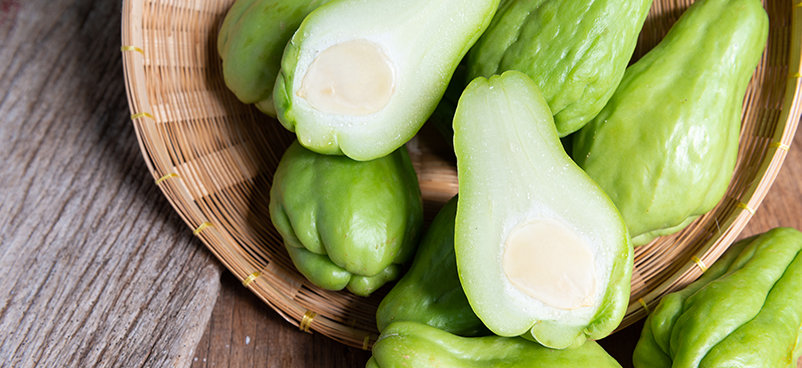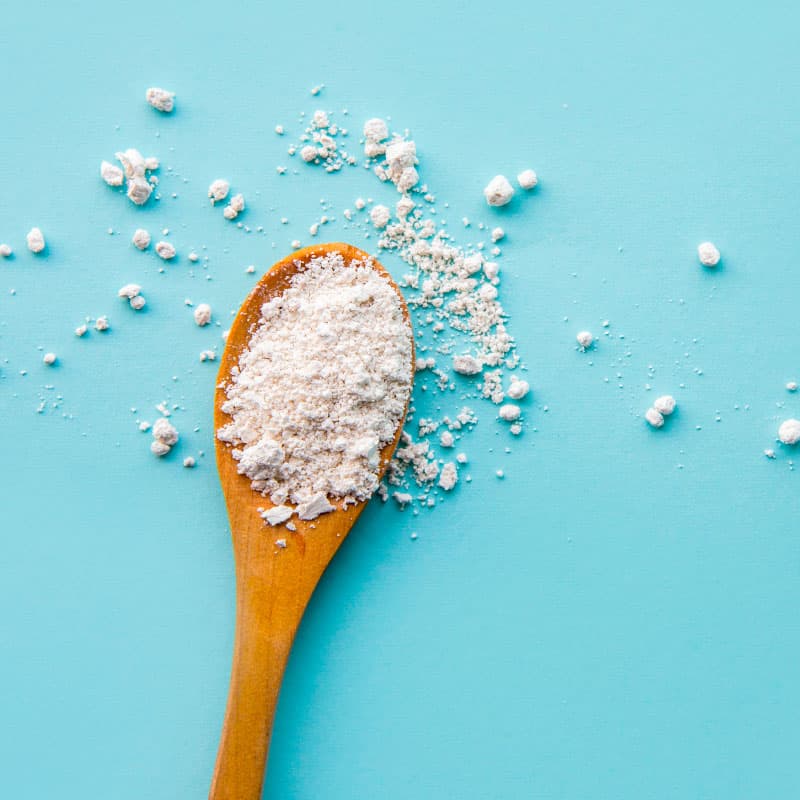This Dr. Axe content is medically reviewed or fact checked to ensure factually accurate information.
With strict editorial sourcing guidelines, we only link to academic research institutions, reputable media sites and, when research is available, medically peer-reviewed studies. Note that the numbers in parentheses (1, 2, etc.) are clickable links to these studies.
The information in our articles is NOT intended to replace a one-on-one relationship with a qualified health care professional and is not intended as medical advice.
This article is based on scientific evidence, written by experts and fact checked by our trained editorial staff. Note that the numbers in parentheses (1, 2, etc.) are clickable links to medically peer-reviewed studies.
Our team includes licensed nutritionists and dietitians, certified health education specialists, as well as certified strength and conditioning specialists, personal trainers and corrective exercise specialists. Our team aims to be not only thorough with its research, but also objective and unbiased.
The information in our articles is NOT intended to replace a one-on-one relationship with a qualified health care professional and is not intended as medical advice.
Chayote Squash: An Antimicrobial Vegetable/Fruit?
December 23, 2019

Eaten raw or cooked, chayote has a mild flavor that makes it extremely versatile in kitchen. It’s also a very healthy food. What is chayote? It’s a type of squash that is loaded with key nutrients including B vitamins, potassium and vitamin C.
If you’ve never tried a chayote squash recipe, you may be pleasantly surprised at how tasty this lesser-known squash can be. Plus, it possesses many impressive health benefits due to its high vitamin, mineral, antioxidant and phytochemical content.
What Is Chayote?
Chayote (Sechium edule) is a type of squash that belongs to the Cucurbitaceae or gourd family. It’s cultivated as a vegetable, but technically it’s a fruit.
Chayote is green and pear-shaped with a white inner flesh that has a mild flavor and a texture that is often described as being somewhere between a cucumber and a potato. What does it taste like? It’s mild, sweet, juicy and crisp. Many people say it reminds them of jicama.
Other names for chayote in English include vegetable pear, mirliton squash or chocho. In Latin America, it also goes by many other names including papa del aire, cayota, chocho, and chuchu.
The chayote plant is perennial and native to the tropics of the Western Hemisphere. Chayote squash is available year-round with it’s peak season being in the fall.
Most people use the flesh of the squash in recipes to obtain benefits, but there are also potential health benefits of chayote juice and tea.
Nutrition Facts
If you’re making a chayote squash recipe, you may be wondering what kind of nutrients you’ll be getting from your final product. One cup of chayote fruit contains about:
- 25 calories
- 1.1 grams protein
- 0 grams fat
- 6 grams carbohydrate
- 2.2 grams fiber
- 2.2 grams sugar
- 123 micrograms folate (31 percent DV)
- 10.2 milligrams vitamin C (17 percent DV)
- 0.2 milligrams manganese (12 percent DV)
- 5.4 micrograms vitamin K (7 percent DV)
- 1.0 milligrams zinc (7 percent DV)
- 165 milligrams potassium (5 percent DV)
- 0.1 milligrams vitamin B6 (5 percent DV)
- 15.8 milligrams magnesium (4 percent DV)
- 0.6 milligrams niacin (3 percent)
Benefits
1. Natural Antimicrobial
An antimicrobial is something that kills microorganisms or stops their growth. Extracts of chayote’s leaf, stem and seed have been shown to have antimicrobial benefits against strains of bacteria that are often even antibiotic-resistant such as methicillin-resistant staphylococci bacteria.
Research published in the journal, Microbial Ecology in Health and Disease, demonstrates how extracts of chayote exhibit impressive antimicrobial activity and the and even have potential clinical use as a “natural source of new powerful antimicrobial compounds.”
2. Great Source of Folate
Mirliton squash is rich in so many essential nutrients with folate being at top of the list. What’s so great about foods rich in folic acid? This B vitamin is essential to cellular division and DNA formation in the human body. A folate deficiency can lead to many unwanted symptoms such as lack of energy, poor immune function and impaired digestion.
Folate is also an especially important nutrient for pregnant women to get enough of since it’s known to help in the prevention of birth defects called neural tube defects, such as spina bifida.
3. Digestion Booster
With its significant levels of fiber and digestive boosting nutrients (like folate), mirliton squash is a food that can encourage the health of the digestive system in multiple ways.
As a fiber-rich prebiotic food, mirliton squash helps to prevent constipation while encouraging healthy bacteria to populate the gut. As research now shows, gut health plays a major role in physical as well as mental health.
4. Liver Helper
Multiple studies have shown how chayote (Sechium edule) can help to boost liver health and function.
One study published in 2014 in the Journal of Agricultural and Food Chemistry highlights how extracts of Sechium edule, which have already been shown to decrease cholesterol levels, may also help to prevent and improve fatty liver disease.
Animal research published in 2015 shows how extracts of S. edule shoots were able to modulate fat accumulation in the liver and even decrease obesity in animal subjects fed a high-fat diet.
More clinical research is needed, but as part of an overall healthy diet, chayote squash may offer a substantial boost to liver health.
5. Cancer Preventer
In general, the consumption of vegetables and fruits are linked to a lowered risk of developing cancer. As a fruit, chayote may help to prevent cancer formation in the body.
More specifically, recent in vitro (test tube) research has shown that compounds found in chayote squash may inhibit the progression of certain cancer cells such as leukemia and cervical cancer.
Uses
The entire chayote squash is edible so the flesh as well as the leaves, stems, roots and seeds can all be used in chayote squash recipes. Most often, the flesh is cooked lightly although it can be eaten raw as well.
The mild tasting fruit can be used peeled or unpeeled. It’s often served like other squashes with the addition of butter or olive oil and a seasoning of salt and pepper. The starchy tubers of the plant can be used similarly to potatoes while the leaves and shoots can make an interesting addition to stir fries, stews, and salads.
Some people also use the leaves of the chayote plant to make a medicinal tea.
How to Eat
If you’re wondering how to cook chayote squash and how to eat chayote, there are several options. Similar to other vegetables, it can be baked, boiled or sautéed. It can also be eaten raw. Its young tuberous roots are often made in fashions similar to a potato.
Before adding the squash to any chayote recipe, most people like to slice it on the thin side and cook it lightly. Like jicama, it can be added raw to salsas, ceviches and salads. It can also be pickled.
It’s not a must to peel mirliton squash, but the skin or rind can be somewhat tough so you may remove it first. Some people choose to leave it on to maximize the nutritional content of the squash since like with other fruits, there is a great deal of nutrition in the peel.
After peeling it (or not peeling it), you can cut the flesh lengthwise in half so that you can more easily get rid of the hard seed in the middle. Once the seed is removed, you can cut the squash further into cubes or slices.
Recipes
You can simply add this versatile squash to your next salad, stew or stir fry. Or you may want to try one of these delicious chayote recipes:
- Chayote Chicken Soup
- Chayote-Orange Salad
- Braised Chicken and Chayote
- Chayote and Hearts-of-Palm Salad
Risks and Side Effects
It is possible to be allergic to chayote squash. If you show signs of an allergic reaction after handling or consuming the squash, seek medical attention as needed.
Final Thoughts
- What is chayote? A type of squash which is technically a fruit, but it’s consumed more like a vegetable.
- Chayote squash also goes by several other names including mirliton squash.
- Chayote nutrition includes significant amounts of vital nutrients including folate, vitamin C, vitamin K and potassium. It’s low in calories but high in fiber.
- The leaves of the plant can be used to make a medicinal tea and the squash can also be juiced.
- Chayote benefits include helping to boost the health of pregnant women and unborn babies through its high folate content. It’s also a known to be a general digestive health and liver booster.








